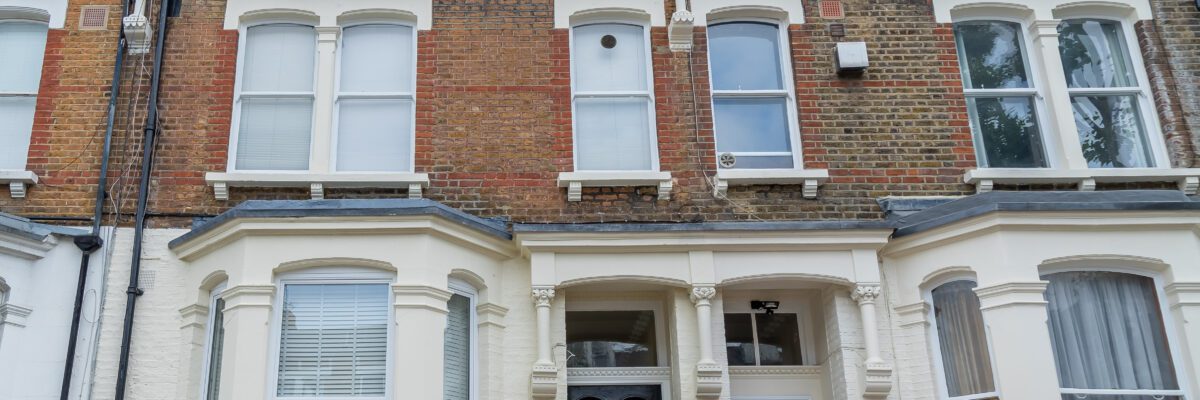The Financial Times ran a feature on Saturday 26th June on the future of the Buy-to-let market in the UK in light of the recent Budget.
The main points were as follows:
In the last property boom, buy-to-let was essentially a bet on house prices, funded by cheap mortgage debt. Today’s investors need to have a lot more capital to get past go – buy-to-let mortgages typically require a minimum deposit of 25 per cent. This has kept many wannabe landlords off the buy-to-let ladder in recent years. But for cash-rich investors with gumption, all the indicators suggest now’s a great time to invest. The key attraction? Rising rents, which are improving rental yields across the country.
“There’s going to be a massive supply shortage of property to rent or buy over the next 10 years, which means rents will rocket,” argues Kate Faulkner, founder of consultancy Designs on Property.co.uk.
“The coalition government has done buy-to-let landlords far bigger favours with the cuts it has already made,” says Faulkner. Scrapping regional housing targets and ending the practice of “garden grabbing” means the number of new homes brought to market will dwindle – and in affluent areas of the south-east, prices and rents could soar.
This trend is supported by listed estate agency chain Winkworth, which registered a 40 per cent drop in the availability of rental property on its books in April and May. “There’s massive demand for rental property but no new rental stock being brought on to the market by landlords,” reports chief executive Dominic Agace. “In general, rents have gone up by 10 per cent but the cost of mortgage finance is still around 4.5 per cent,” he says. “The more equity you have, the better return you’re going to get – but rental yields are starting to look attractive.”
As the area of greatest rental demand, London is set to lead the way. One investor has already banked a 25 per cent annual rent rise on a London buy-to-let investment. Neil Young, chief executive of property investment firm the Young Group, says: “That’s not the norm but it’s not an isolated example. Typically we’re increasing rents between 5-10 per cent on renewals.”
Source: FT.com



